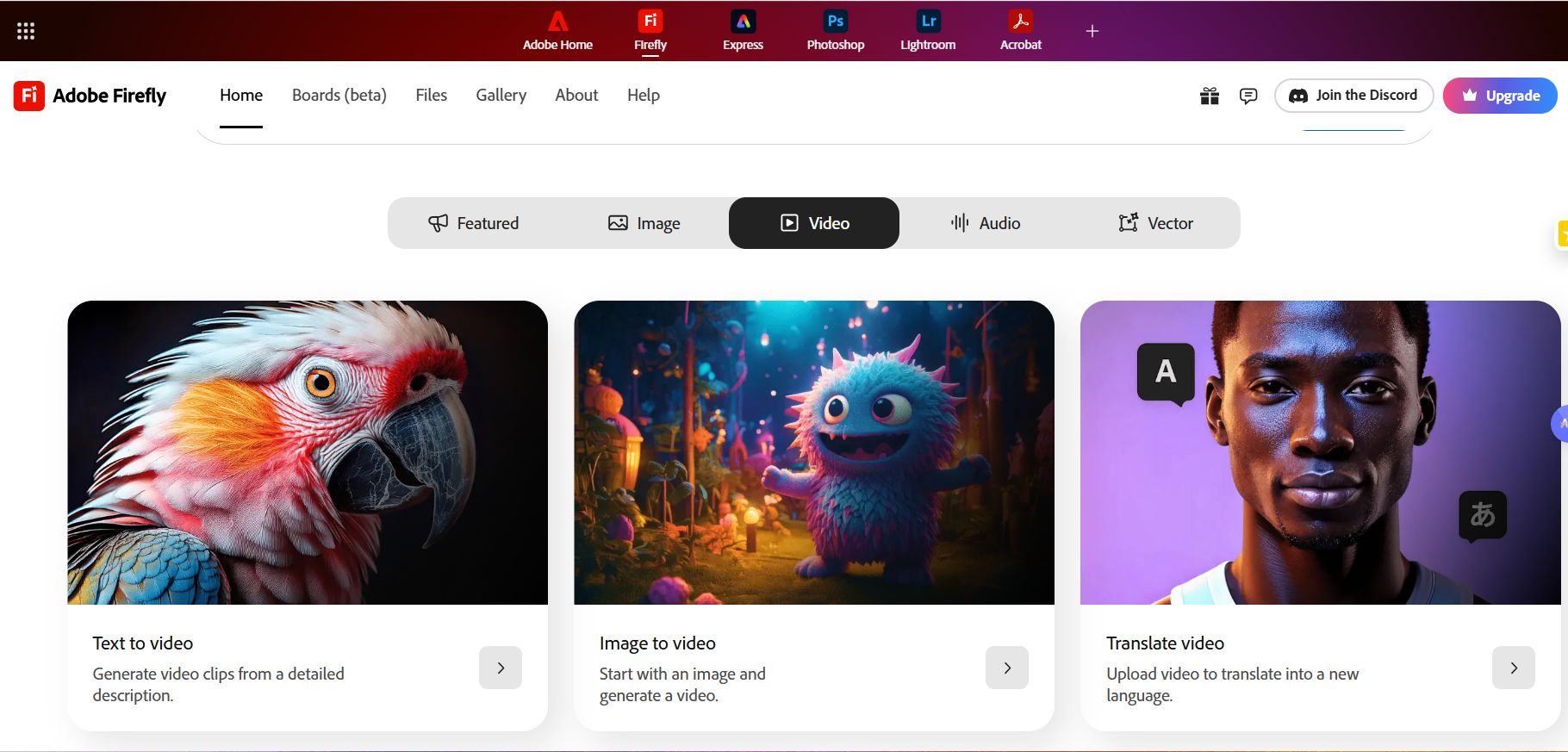
Unveiling Adobe Firefly: A Game Changer for Professionals
In our ever-evolving digital landscape, creativity often meets technology in extraordinary ways. Today, we’re excited to introduce Adobe Firefly, the latest AI art generator that promises to revolutionize the way professionals create art. With its cutting-edge tools and features, Firefly provides an unparalleled platform for artists, designers, and marketers alike.
But what sets Adobe Firefly apart in a crowded market filled with AI art generators? We’re here to explore its remarkable functionality and how it can elevate our creative processes. From intuitive interfaces to stunning output quality, Firefly aims to enhance our artistry while saving valuable time.
Join us as we delve deep into this innovative tool, revealing its key features, underlying technology, user experiences, and what the future holds for Adobe Firefly. Let’s discover together if it truly is the best AI art generator for professionals!
Exploring Adobe Firefly’s Key Features
As we delve into the heart of Adobe Firefly, we’re excited to unveil the specific features that truly cater to professionals in various creative fields. This AI art generator is designed not just to produce captivating art but to enrich the entire creative process. Let’s take a closer look at what makes Adobe Firefly an exceptional tool for professionals.
User-Friendly Interface
One of the standout features of Adobe Firefly is its intuitive, user-friendly interface. Navigating complex functionalities is often a hurdle in design tools, but Firefly simplifies this with a streamlined layout that caters to both beginners and seasoned professionals. The drag-and-drop capabilities make it easy to incorporate images or elements into our projects swiftly, allowing us to focus on creativity rather than wrestling with the software.
Advanced AI Algorithms
What truly sets Firefly apart is its powerful AI algorithms that create stunning visuals with just a few prompts. By leveraging machine learning, Firefly continuously learns from various styles and techniques, granting us an ever-evolving range of artistic options. We can personalize our art by inputting specific styles, colors, or themes—yielding unique outputs tailored to our vision. For instance, imagine inputting a phrase like “surreal landscape at dusk,” and watching the software produce a breathtaking scene that matches our expectations.
Customization Tools
Every artist has a unique style, and Firefly respects this individuality by offering extensive customization tools. We can adjust parameters such as texture, color palette, and even artistic style to generate images that reflect our personal touch. For example, during a recent project, we utilized the tool to modify a base image’s color scheme to align with a brand’s identity, demonstrating versatility that traditional generators often lack.
Collaboration Features
In today’s team-oriented creative environment, collaboration is key. Adobe Firefly incorporates features that allow multiple users to simultaneously work on the same project, making brainstorming more efficient. This functionality ensures that our team can seamlessly contribute ideas in real-time, fostering a collaborative spirit that’s essential in professional settings.
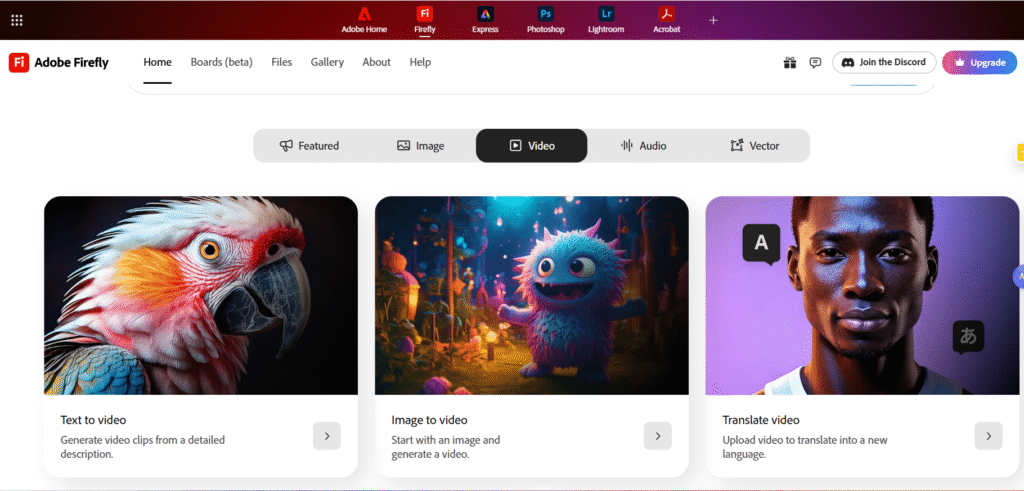
Output Quality
Lastly, the output quality of images produced by Adobe Firefly is exceptional. Whether we’re designing for print, web, or social media, Firefly delivers images in high resolution that can seamlessly fit into our projects without sacrificing quality. The detail and vibrancy of the outputs are impressive, essential for maintaining a professional standard in our work.
In summary, Adobe Firefly combines a user-friendly experience, advanced AI capabilities, extensive customization options, collaborative tools, and top-notch output quality. These key features make it a profound asset for professionals striving to elevate their artistry.
Next, we will explore the technology behind this innovative tool and unveil how it powers such groundbreaking features.
The Technology Behind the Magic
In this section, we dive into the advanced technologies that drive Adobe Firefly and explore how these innovations elevate our creative endeavors. At the heart of Firefly are sophisticated machine learning algorithms and neural networks that enable the software to generate art that is not only visually striking but also deeply personalized.
Machine Learning Algorithms
Machine learning is the backbone of Adobe Firefly’s capability to produce unique artwork. These algorithms learn from vast datasets containing various art styles, techniques, and visual elements, allowing the software to understand and replicate intricate details. As professionals, we benefit from this learning process because it means that the more we use Firefly, the smarter it becomes, tailoring its outputs based on our preferences and previous interactions.
For instance, let’s say a user frequently generates pop art. Over time, Firefly recognizes this pattern and begins suggesting similar styles, effectively streamlining our creative workflow. This adaptive learning not only saves us time but also inspires fresh ideas by presenting alternatives we may not have considered.
Neural Networks: The Creative Engine
Neural networks emulate the human brain’s functioning, enabling Firefly to interpret and generate images at an extremely complex level. These networks work by processing and breaking down inputs into various recognizable features. When we provide Firefly with a prompt, such as “futuristic cityscape,” it dissects this information and uses learned knowledge to create a multitude of possible artistic interpretations.
The result is often a rich tapestry of visuals, showcasing variations in style, color, and composition. This variety empowers us as creators—offering a plethora of artistic choices at our fingertips. Consider a recent project where we needed a backdrop for a sci-fi film. We experimented with different prompts, and Firefly generated numerous cityscapes that could serve our needs perfectly, leading to discussions about which direction to take.
Enhanced Creativity with AI Assistance
Beyond mere replication of styles, Adobe Firefly employs advanced algorithms to foster creativity in our work. By suggesting themes, color palettes, and layouts based on our input, Firefly acts as a creative assistant that inspires and propels our projects forward. This is particularly useful during brainstorming sessions when our vision is still evolving. We may input a vague concept, and Firefly can generate preliminary visuals, kick-starting our creative process.
Real-World Applications
To illustrate the power of these technologies, let’s look at a practical example. A marketing agency tasked with designing a campaign for a new product can use Firefly to quickly generate a variety of concepts and visuals. The team simply inputs product details and desired themes, and within moments, the AI delivers a selection of adaptable images. This capability not only accelerates the design process but also opens up new avenues for creative expression.
As we continue exploring the transformative impact of Firefly, we’ll look at how it stacks up against other competitors in the market. The advancements in its technology are impressive, but how do they translate when compared to the offerings of other AI art generators? Let’s find out!
Comparison with Other AI Art Generators
As we venture deeper into the landscape of AI art generators, it’s crucial to examine how Adobe Firefly measures up against its competitors. With a plethora of options available—from free tools to premium software—it can be daunting to determine which one truly meets the needs of professionals. To make this clearer, we’ve compiled a comparative analysis of Adobe Firefly alongside several popular AI art generators in the market.
Key Features Comparison
Here’s a straightforward comparison table showcasing some of the key features, pricing, and performance metrics:
| Feature | Adobe Firefly | DALL-E 2 | Midjourney | Artbreeder |
|---|---|---|---|---|
| Ease of Use | User-friendly interface | Moderately complex | Intuitive | Requires initial learning |
| Customization | Extensive (colors/styles) | Limited (few preset styles) | Moderate | High (through mixing) |
| Collaboration Tools | Yes (real-time collaboration) | No | No | No |
| Pricing | Subscription-based | Pay-per-image | Subscription-based | Freemium-based |
| Output Quality | High-resolution images | Excellent quality | High-resolution | Varies by output settings |
| AI Learning Capabilities | Adaptive machine learning | Static learning | Adaptive but slower | Limited to user customization |
| Unique Selling Proposition | Holistic creative process | Art generation by prompts | Community-driven creativity | Genetic art synthesis |
Breaking Down Key Differences
Ease of Use
For many professionals, a user-friendly experience is paramount. Adobe Firefly’s intuitive design allows us to leap straight into creation, whereas tools like DALL-E 2 can present a steeper learning curve. Midjourney is also user-friendly but often requires a level of familiarity with command prompts, which can deter less technical users.
Customization Options
One of Firefly’s standout features is its extensive customization capabilities. Whether we want to tweak color schemes to match a client’s brand or delve deep into artistic styles, Firefly provides us with the tools to do so. In contrast, DALL-E 2 offers fewer customization options, which might limit our creative expression. Midjourney does have moderate customization, providing a balance, while Artbreeder thrives on the concept of merging images for style variations but may overwhelm new users.
Collaboration Tools
Collaboration features are increasingly important in our fast-paced work environments, especially for teams needing to coordinate on projects. The real-time collaboration capabilities of Adobe Firefly are a game changer, allowing us to brainstorm and refine ideas collectively. The absence of such features in DALL-E 2, Midjourney, and Artbreeder could slow down team efforts, requiring users to export and incorporate feedback from multiple programs.
Pricing Structures
Different pricing models come with their own sets of advantages and drawbacks. Adobe Firefly operates on a subscription basis, making it a worthwhile investment for regular users, especially when considering the breadth of features available. DALL-E 2’s pay-per-image structure may appeal to infrequent users but can add up quickly for professionals needing to generate multiple images. Midjourney also uses subscriptions but can provide excellent value for community engagement and ongoing updates. Artbreeder, with its freemium model, allows users to dabble with basic features before committing financially.
Conclusion of This Section
When considering Adobe Firefly against its competitors, it’s clear that each tool offers unique strengths and limitations, catering to varying needs within the creative community. While Firefly excels in customization, user experience, and collaborative features, alternatives like DALL-E 2 and Midjourney each bring their distinct benefits to the table.
You might be intersested In AdGuard vs. NordVPN: Which Provides Better Ad Blocking and Privacy in 2025?
User Experience: Testimonials and Case Studies
As we examine Adobe Firefly through the eyes of those who have embraced its capabilities, we can gain a deeper understanding of its impact on professional workflows. Here, we’ll highlight testimonials and real-world case studies from various creators, showcasing how Firefly has transformed their artistry and productivity.
Designers Share Their Success Stories
One graphic designer, Sarah T., shared her experience using Adobe Firefly for a rebranding project. Faced with tight deadlines and a need for unique assets, she utilized Firefly to generate an array of logos and promotional materials. “I was amazed at how quickly Firefly produced high-quality designs based on just a few keywords I input,” she enthused. By adjusting the color schemes and styles, Sarah was able to align the images with her client’s vision, reflecting their brand identity seamlessly. The efficiency Firefly brought to her workflow allowed her to focus more on strategic decisions, ultimately resulting in a successful brand launch.
Photographers Enhance Their Portfolios
Another testament comes from photographer James R., who experimented with Firefly to create unique backdrops for his portrait photography. He input concepts like “vintage cityscape” and “futuristic forest,” yielding stunning and imaginative environments for his subjects. “Incorporating these AI-generated backgrounds has transformed my portfolio,” James noted. He reported that clients are increasingly impressed by the creative dimensions added to his work, which has opened doors for high-profile collaborations. By blending traditional photography with AI art, he’s found a captivating niche that enhances both his artistic and commercial appeal.
Marketing Teams on the Frontier
A case study from a marketing agency illustrates how Firefly can streamline creative brainstorming sessions. Project manager Kate L. reported using Firefly to visualize campaign concepts for a new product launch. During their team meetings, they collaborated in real time, generating several visual proposals in a matter of minutes. “Before Firefly, the ideation process could take days. Now, we can instantly prototype ideas and give feedback on the fly,” Kate explained. This shift not only sped up their production timeline but also resulted in a more cohesive vision, as the team could quickly test various styles and themes aligned with their branding strategy.
Educators Embrace Innovative Teaching
Educators have also found innovative ways to leverage Firefly in their classrooms. Art instructor Mia H. incorporated it into her curriculum to teach students about creativity and technology. By introducing Firefly, she empowered her students to explore their creative potential and producing artwork they might not have thought possible. “Seeing the excitement on their faces when Firefly brought their ideas to life was incredible. It allows them to experiment without the fear of failure,” Mia shared, highlighting the platform’s role in fostering a creative learning environment.
A Forward-Looking Perspective
These testimonials serve as powerful reminders of Adobe Firefly’s versatility and efficacy in professional settings. Whether rebranding, expanding artistic portfolios, enhancing teamwork, or facilitating learning, the software’s innovative features have left a profound impact on creatives across different disciplines. As we look ahead, we will explore the future prospects of Adobe Firefly and how its evolution might redefine the landscape of AI art generation even further.
Future Prospects: What’s Next for Adobe Firefly?
As we glance into the horizon of Adobe Firefly, it’s clear that the journey of this AI art generator is just beginning. With the rapid advancements in technology and the ever-evolving needs of creative professionals, we can speculate on potential updates and features that could enhance Firefly’s capabilities and secure its position at the forefront of the AI art landscape.
Anticipated Features and Updates
One of the most exciting prospects for Adobe Firefly is the integration of advanced collaborative tools. While the current collaboration features are impressive, we believe there is room for enhancements, such as more robust version control and team brainstorming sessions through integrated feedback loops. Imagine working on a project with teammates in real-time, where ideas can be annotated, adjusted, and refined directly within the Firefly platform. This would empower teams to innovate together, streamlining workflows even further.
Another area poised for development is the improvement of the AI’s adaptive learning capabilities. While Firefly already personalizes art based on user preferences, we envision an even deeper integration of machine learning that could allow the software to learn not just from individual use but from collective user input across a wide range of projects. This could result in a more intuitive and insightful generation process that reflects the current art trends and styles, thus keeping us ahead of the curve.
Expanding Creative Tools
As professionals, we often find ourselves navigating specific artistic limitations, which is where further enhancements could become invaluable. Firefly may expand its toolset to include more specialized artistic styles and techniques, giving artists from a variety of disciplines greater control and flexibility in their creations. For instance, additional filters for simulating traditional paintbrush techniques or mixed media styles could open new avenues of expression that fuse classical art forms with modern digital capabilities.
Moreover, integrating tools that facilitate animation or interactive graphics could revolutionize the way creatives work, challenging the static nature of current art generation. By leveraging AI to create moving visuals, Adobe could pioneer a new genre of animated art, appealing to the needs of industries like gaming, advertising, and interactive media.
Maintaining Competitive Edge
In a rapidly expanding market filled with emerging AI art tools, staying relevant and innovative is crucial for Adobe Firefly. Continuous updates and community engagement can drive user loyalty and attract new audiences. Regular feedback sessions and collaborative idea generation with the user community could ensure that Firefly morphs organically with users’ needs.
Additionally, adapting to trends in sustainability by embedding eco-friendly practices could resonate with environmentally-conscious creators, allowing Firefly to stand out as a forward-thinking solution in an increasingly competitive space.
Conclusion Transition
As we anticipate these exciting developments, it’s clear that Adobe Firefly is on a promising trajectory that holds immense potential for redefining our creative processes. As we approach our concluding thoughts, let’s consider—given these prospects, is Adobe Firefly the ultimate choice for professionals?
Is Adobe Firefly the Ultimate Choice for Professionals?
As we wrap up our exploration of Adobe Firefly, it’s clear that this tool brings a host of strengths to the table, particularly in user-friendly design, comprehensive features, and cutting-edge technology. Its ability to cater to professional needs sets it apart from many competitors, making it a strong contender in the realm of AI art generators.
However, its weaknesses—such as a learning curve for new users and the dependency on Adobe’s ecosystem—may deter some potential artists. Ultimately, while Adobe Firefly shines brightly, professionals must assess their specific needs and preferences. If you’re seeking a robust, scalable AI art generator that integrates seamlessly into your workflow, Firefly may just be the ultimate choice for you. Let’s continue to explore, create, and push the boundaries of our artistic potential!

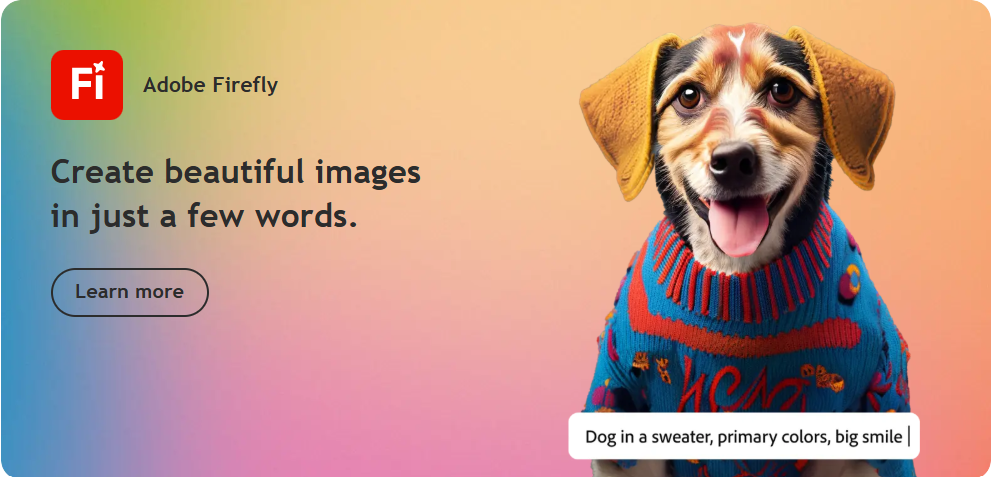
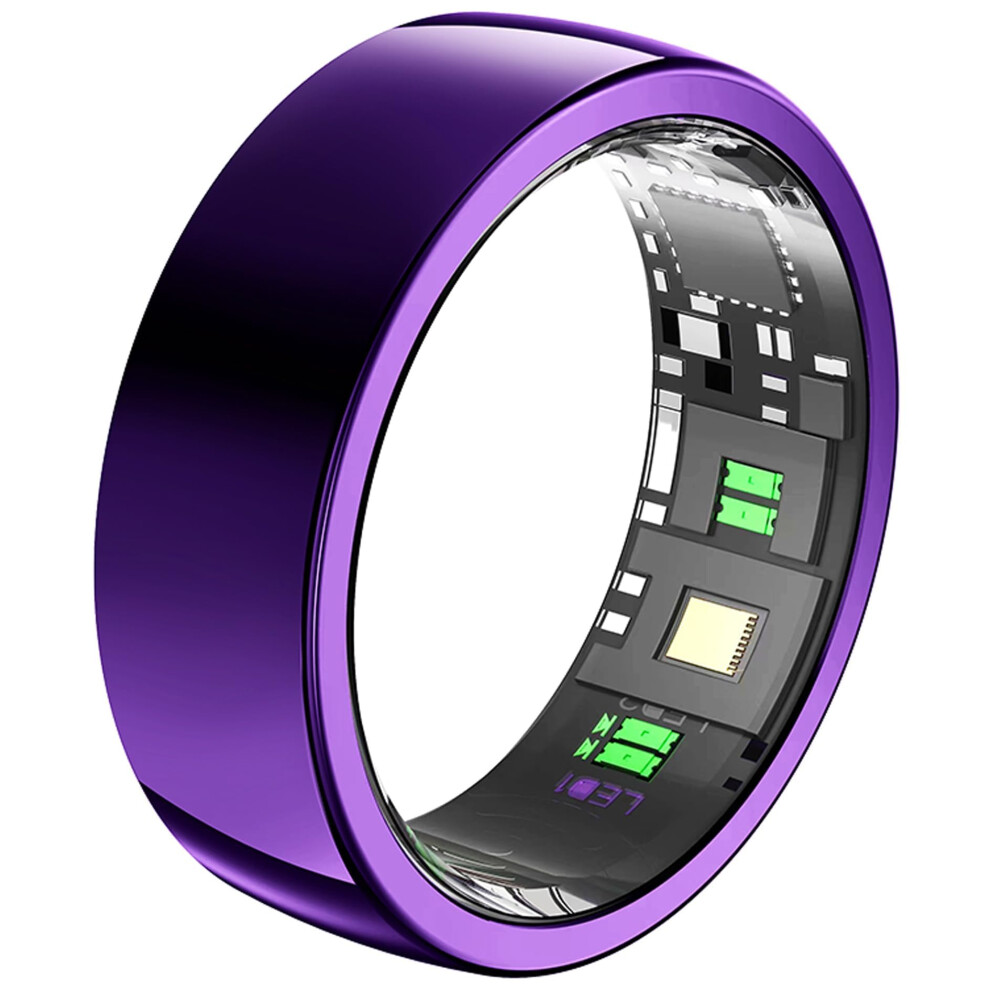

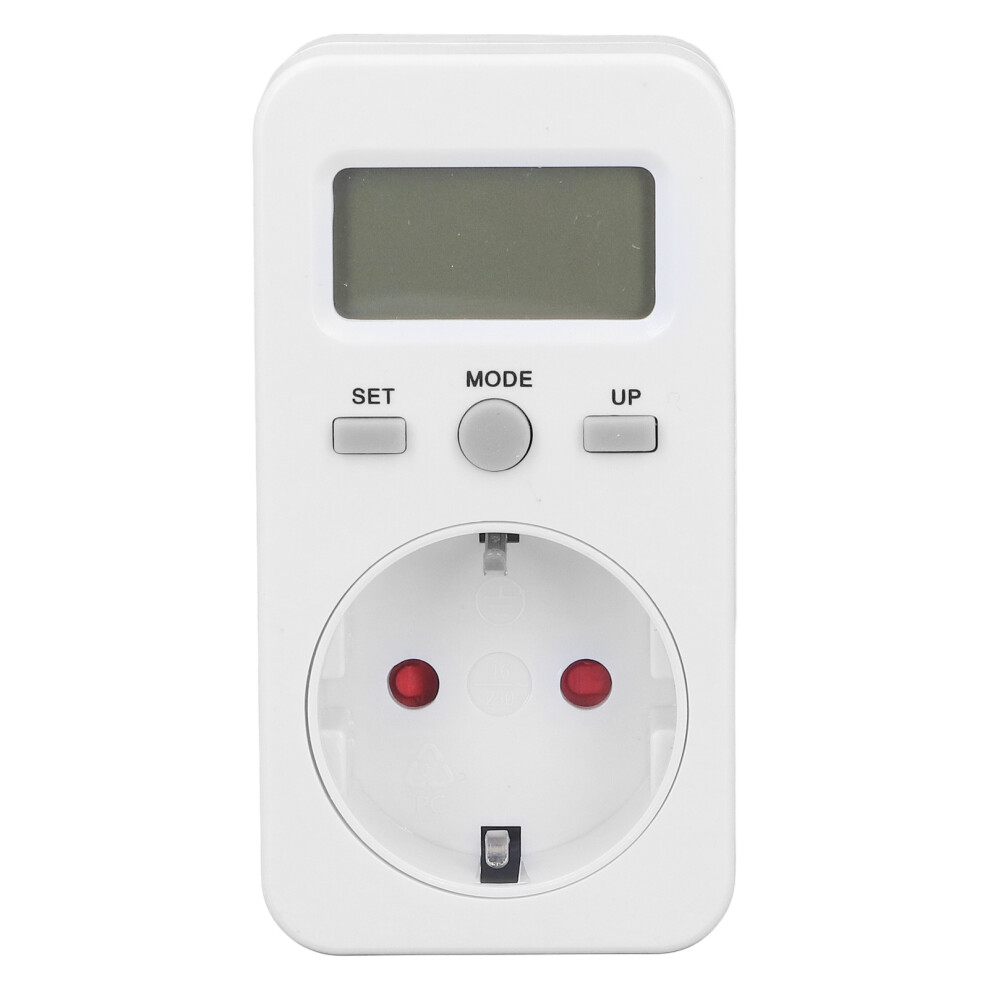
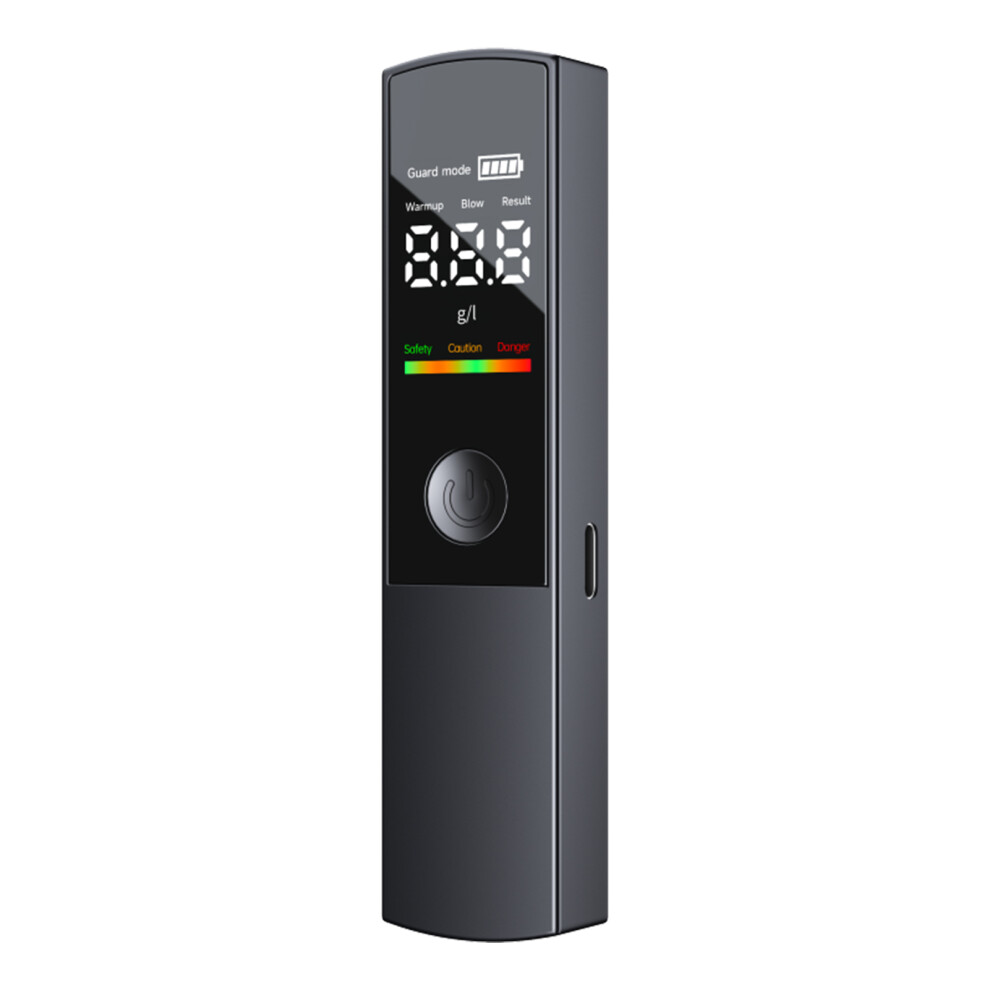
I gotta say, Adobe Firefly looks super impressive! 😍 The features they’ve rolled out seem to really cater to pros. The tech behind it is mind-blowing! I mean, who doesn’t want AI that understands art concepts? Can’t wait to try it out!
Thanks for your enthusiasm, Jessica! What feature are you most excited to try?
I’m curious too! I heard the color matching is top-notch. That’s a game changer for me!
Is it really worth the hype? I mean, I’ve seen a lot of AI art tools come and go. 🤔 What do you think makes Firefly different from the others?
Great question, Tommy! The article dives into a comparison with other tools that you might find helpful.
Honestly, I feel like this one has more depth in understanding artistic styles. But let’s see if it delivers on the promises!
I’m a bit skeptical about AI taking over art. I think the human touch is irreplaceable. Anyone else feel that way?
It’s definitely a valid point, Sophie! The article discusses user experiences that highlight the blend of AI and human creativity.
I get you! But I see it more as a tool to enhance our creativity rather than replace it. What do you think?
I think the testimonials in the article really highlight the potential of Firefly. It’s interesting to see how pros are integrating it into their workflow! But, can it really compete with established tools like Procreate?
I think it can! If it keeps improving, it might just give them a run for their money.
That’s a great comparison! The article does touch on that, so you might find it insightful.
The future prospects sound exciting! I’m curious about what Adobe plans to add next. If they keep innovating, this could seriously change the game for digital artists. 🎨
Absolutely, Kevin! The future updates could make a huge difference in usability.
Let’s hope they listen to user feedback! That’s key for making it better.
Firefly looks cool but also a bit overwhelming if you’re not tech-savvy. Do you think it’s gonna be easy to learn?
I hope it’s not like those complicated software that takes ages to figure out. Fingers crossed!
That’s a common concern, Brian. The tutorials should help, but the learning curve varies for everyone!
Just tried the beta version, and wow! 😲 The user interface is slick, and I love how intuitive it is. Can’t wait to see how it evolves. The tutorials are also super helpful!
Thanks for sharing your experience, Liam! What do you think about the learning curve?
I read the same about the UI! It’s always nice when tech makes things easier.
I’m not a professional artist, just a hobbyist, but I’m excited to dive into this! 🤗 Do you think it’s geared more towards pros, or can anyone use it effectively?
It’s designed for all levels, Emily! The article covers how beginners can also benefit from Firefly.
I think it’s user-friendly enough for anyone! I’m a newbie too and I’m hoping to create some cool stuff.